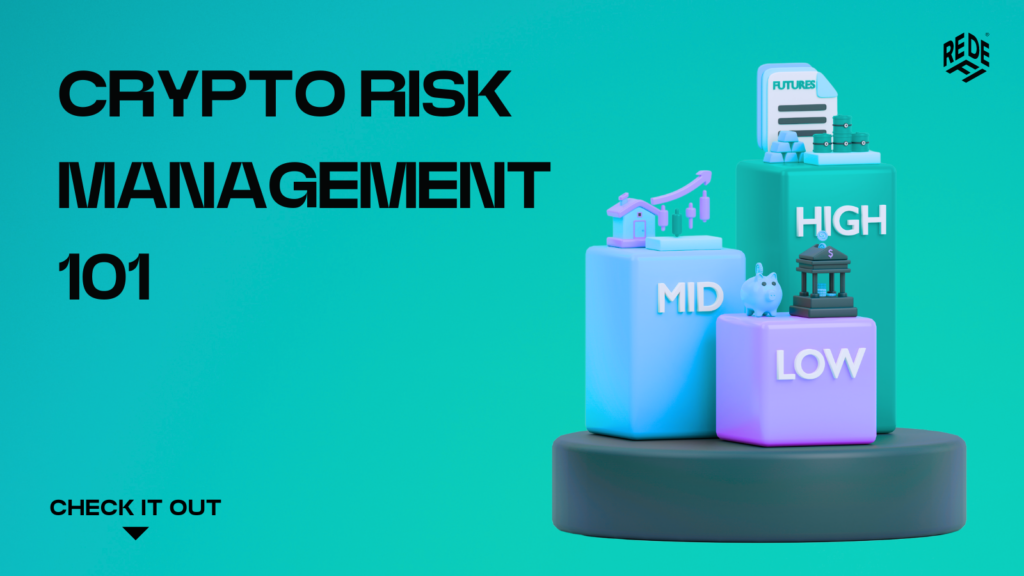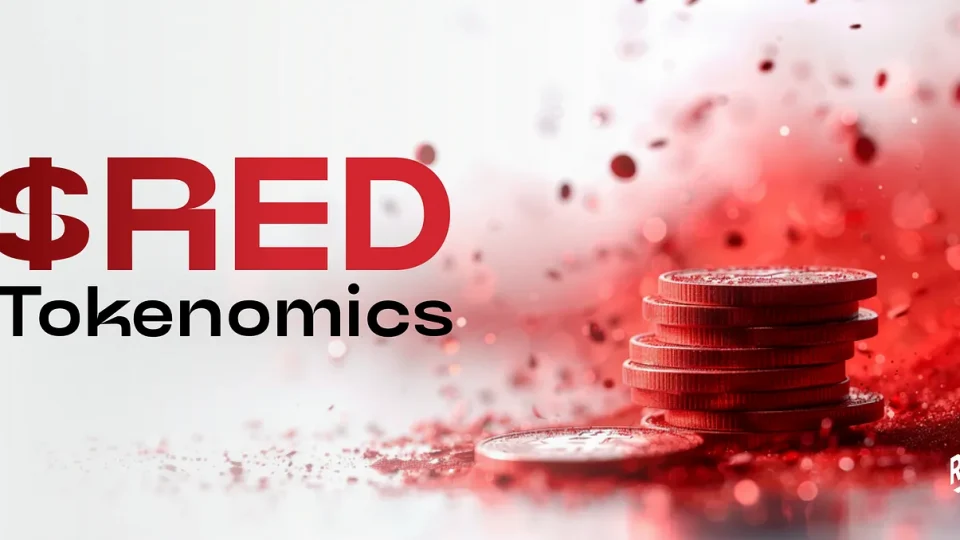From known threats to unforeseen pitfalls
Cryptocurrencies have captivated many people with their potential reward opportunities. However, their relatively young age in the market, means they come with inherent risks. Some of these risks are known, some can be anticipated, and others are unforeseen.
Donald Rumsfeld’s Framework
A useful tool to categorise these risks is the “Known, knowns” framework, famously introduced by Donald Rumsfeld. Below is a breakdown:
| Category | Explanation | Example |
| Known, Knowns | Risks you’re aware of and can prepare for. | Smart contract vulnerabilities in a DeFi project. Check for audits or research its origins if forked. |
| Known, Unknowns | Risks you’re aware of, but the impact is unclear. | Anonymous founders: Are they preserving privacy or hiding malicious intent? |
| Unknown, Knowns | Risks others know about but you might not be aware. | Implications of not using a hardware wallet or clicking malicious links online from a potential employer. |
| Unknown, Unknowns | Risks that are unpredictable and unforeseen. | Real-world events like the Global Financial Crisis of 2008 or the COVID pandemic. |
Prominent Risks
These can be found everywhere
- Smart Contract Risks: Exploits in the code. Even one missing symbol can make the difference here.
- Front End Risks: API vulnerabilities, or even front-end exploits by hackers.
- Founder Risks: A founder exits or someone uses a pseudonymous figure.
- Regulatory Shifts: E.g. a potential classification of ETH as a security.
- Competition: New protocols that outpace existing ones, reminiscent of the Netflix and Blockbuster evolution.
- Partnership Perils: Even if you trust a coin or token, its partners might introduce vulnerabilities.
Strategies to Mitigate Risks
All the aforementioned are situations that the average investor can’t spot or identify on his/her own. If you do though, congratulations, as you are 1-step safer out there! But, for good practices involving risk management:
- Diversify: Never commit more than 15% to a single investment. (this number can be lower based on your risk tolerance.
- Take Profits: Might sound self-explanatory but most people don’t. A good rule of thumb is to take your initial back, then let the rest ride.
- Avoid Debt: Never borrow to invest. That means steering clear of credit cards, student loans, or any other borrowed funds.
- Be Wary: Previous exploits might indicate future vulnerabilities.
- Be Grounded: Avoid the FOMO. Entry timing is crucial. Trust your instincts and knowledge.
- Trust but Verify: While audits are valuable, they aren’t foolproof. Always double-check.
- Know Yourself: Don’t overestimate your capabilities. Recognise when you’re out of your depth and seek guidance from experts.
- Stay Updated: DeFi is always evolving. Learn and adapt as necessary.
Cultivate Safe Practices
You probably know the following already from our Crypto Security article, but here is a brief refresher:
- Guard Your Assets: Using a hardware wallet is a must.
- Security First: Never disclose your seed phrases.
- Digital Hygiene: Bookmark essential sites to avoid phishing attempts.
- Shield Yourself: Use VPNs and activate 2FA wherever possible.
- Stay Balanced: Diversify not just in investments but also in ecosystems and strategies.
Final Remarks
While the lure of high returns is tempting, remember that understanding and mitigating risks can be the difference between a successful investment journey and a costly lesson. Sometimes the best strategy is the simplest, so consider an approach with a mix of confidence and scepticism, coupled with patience and foresight.






